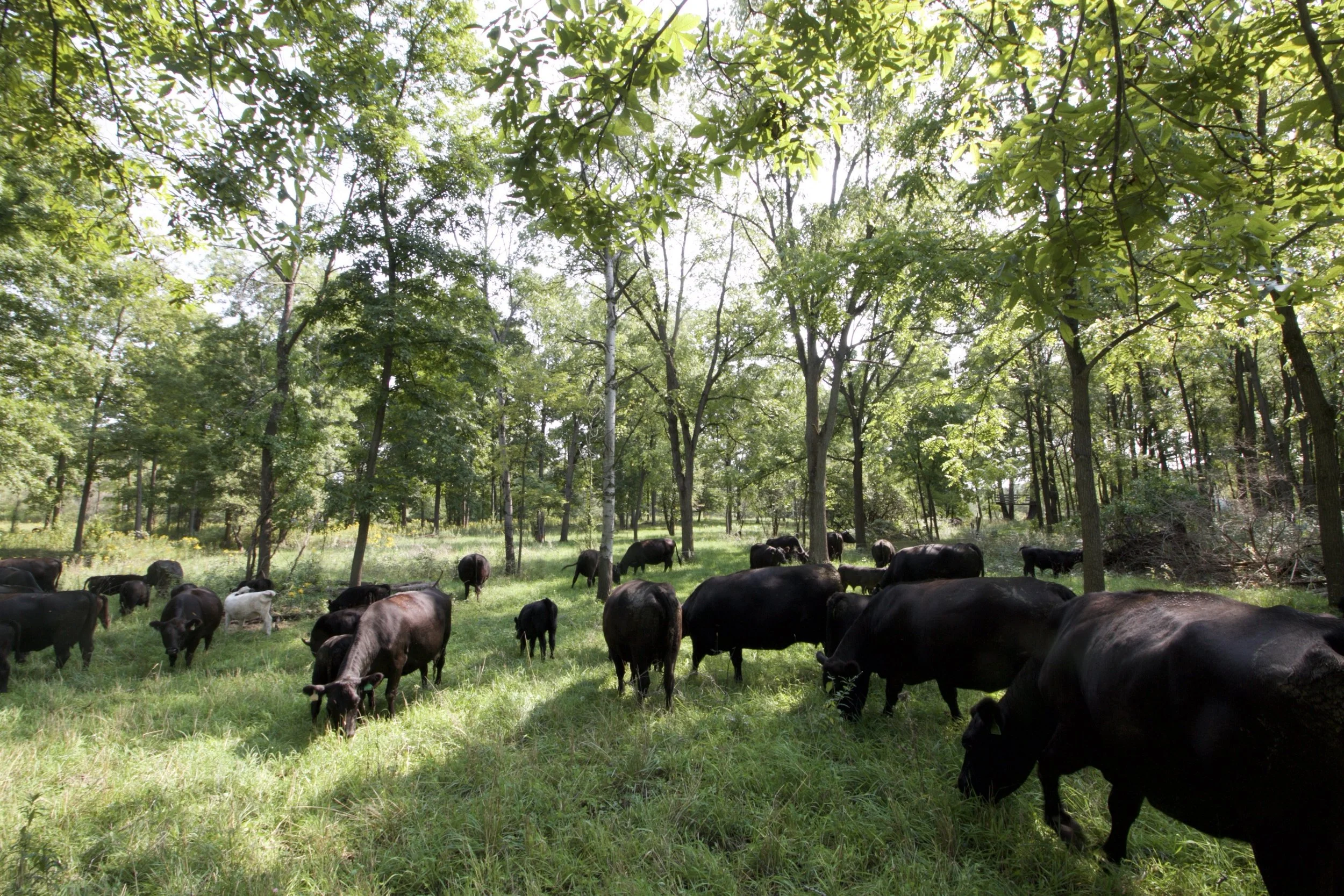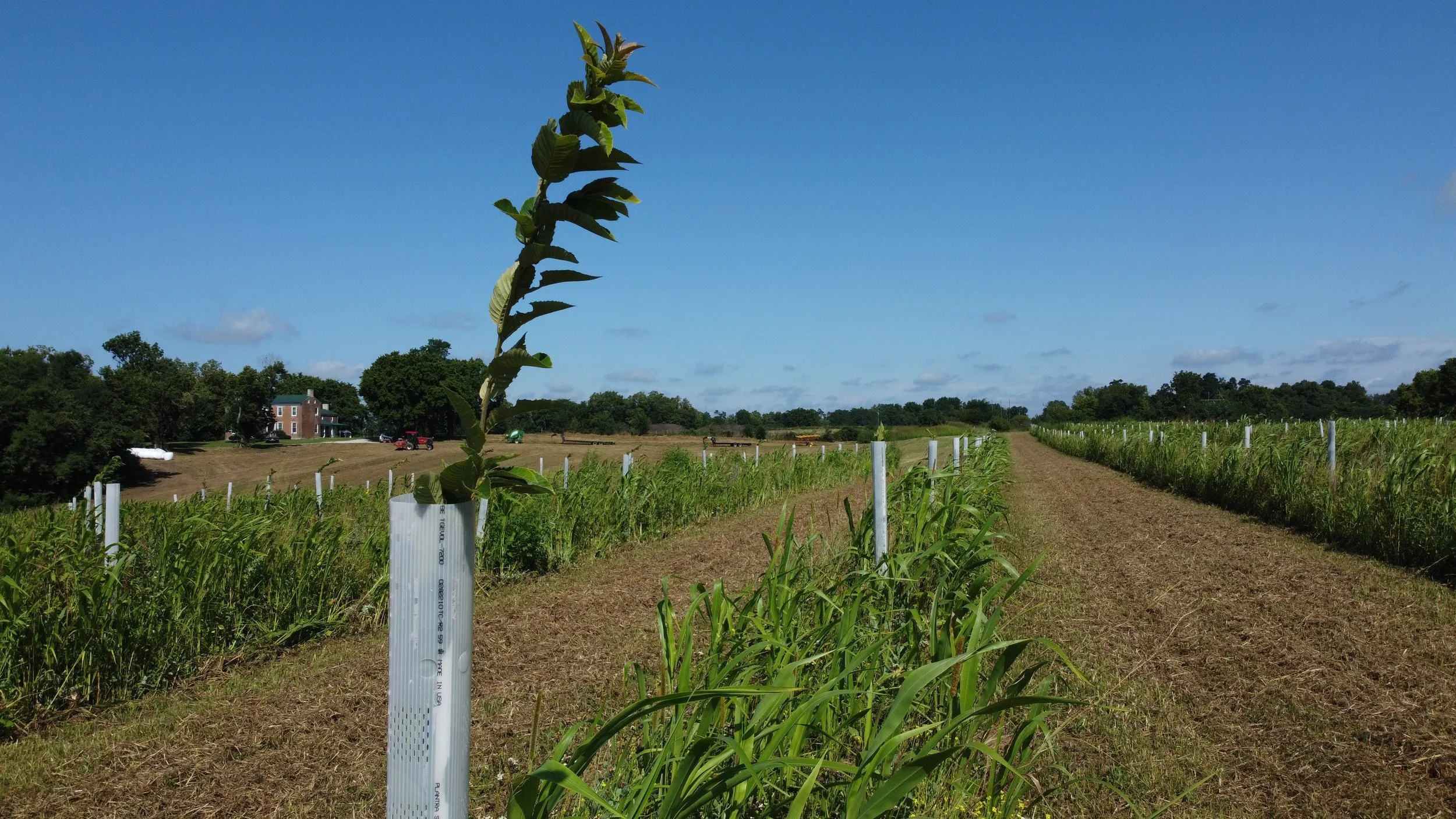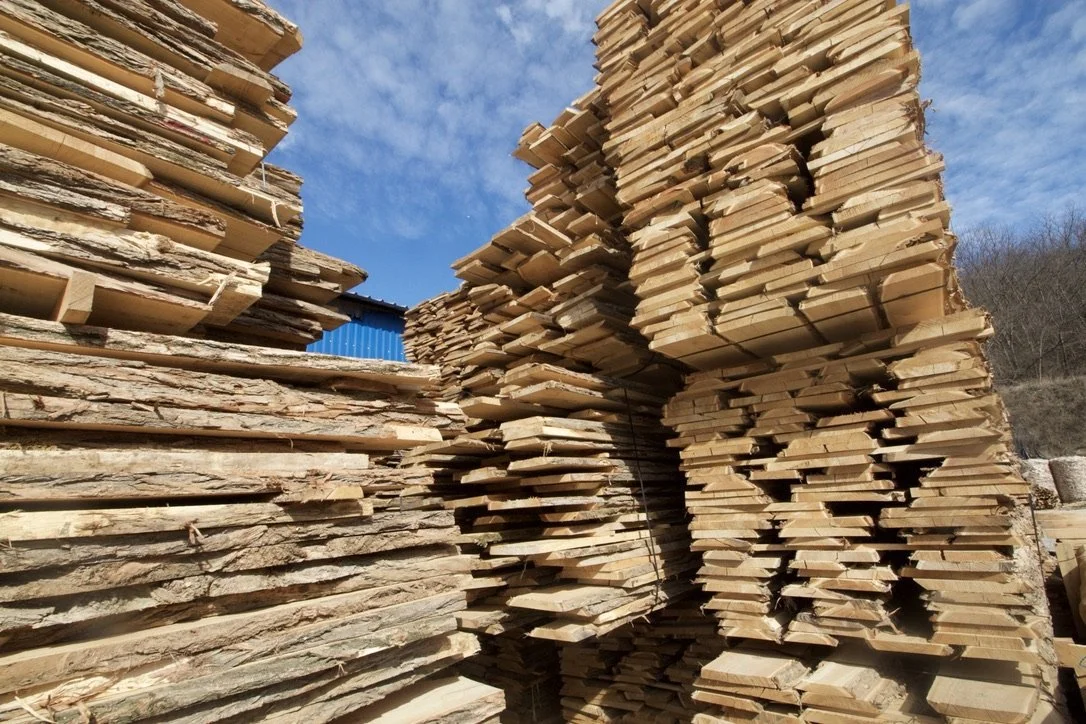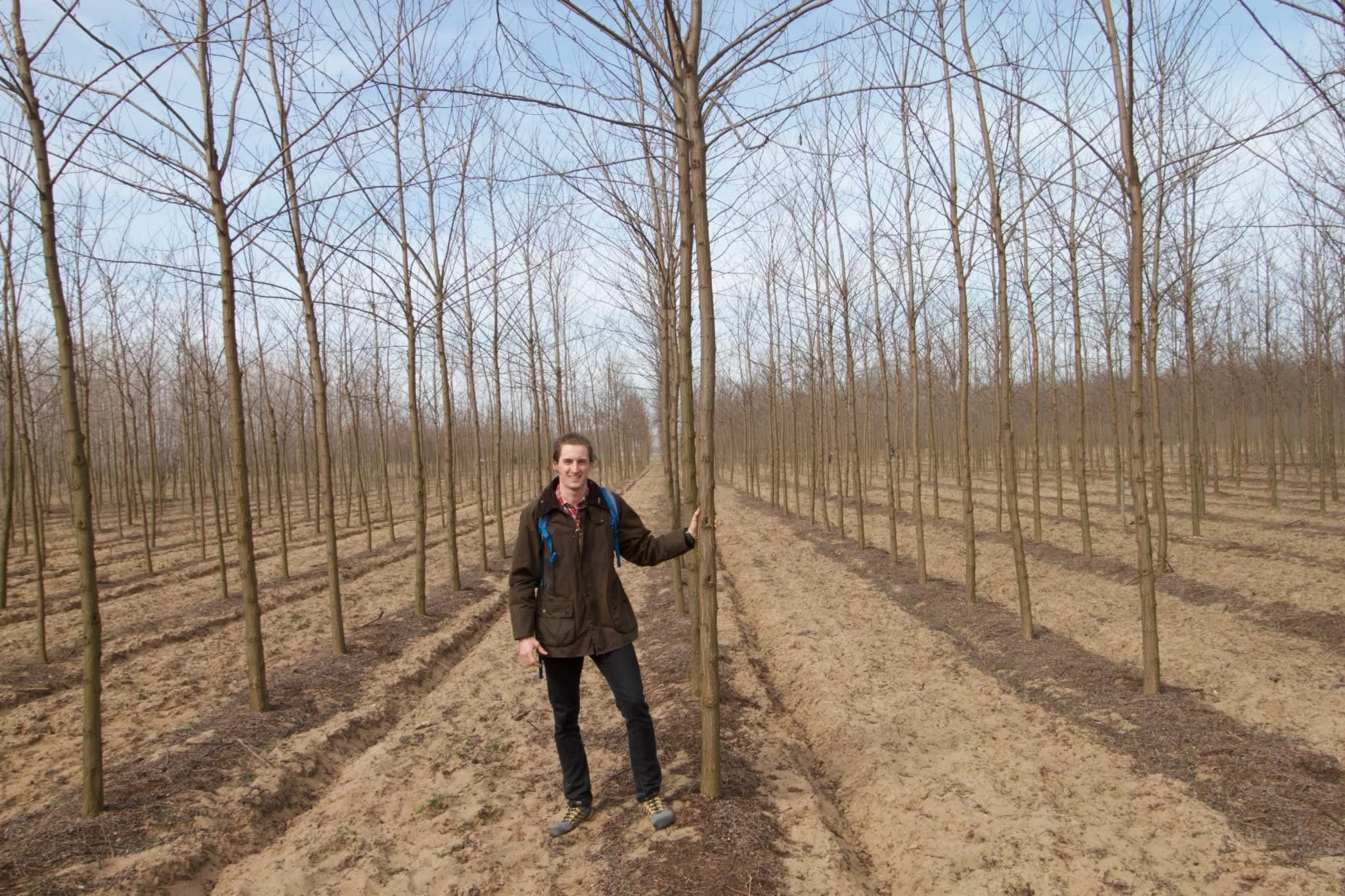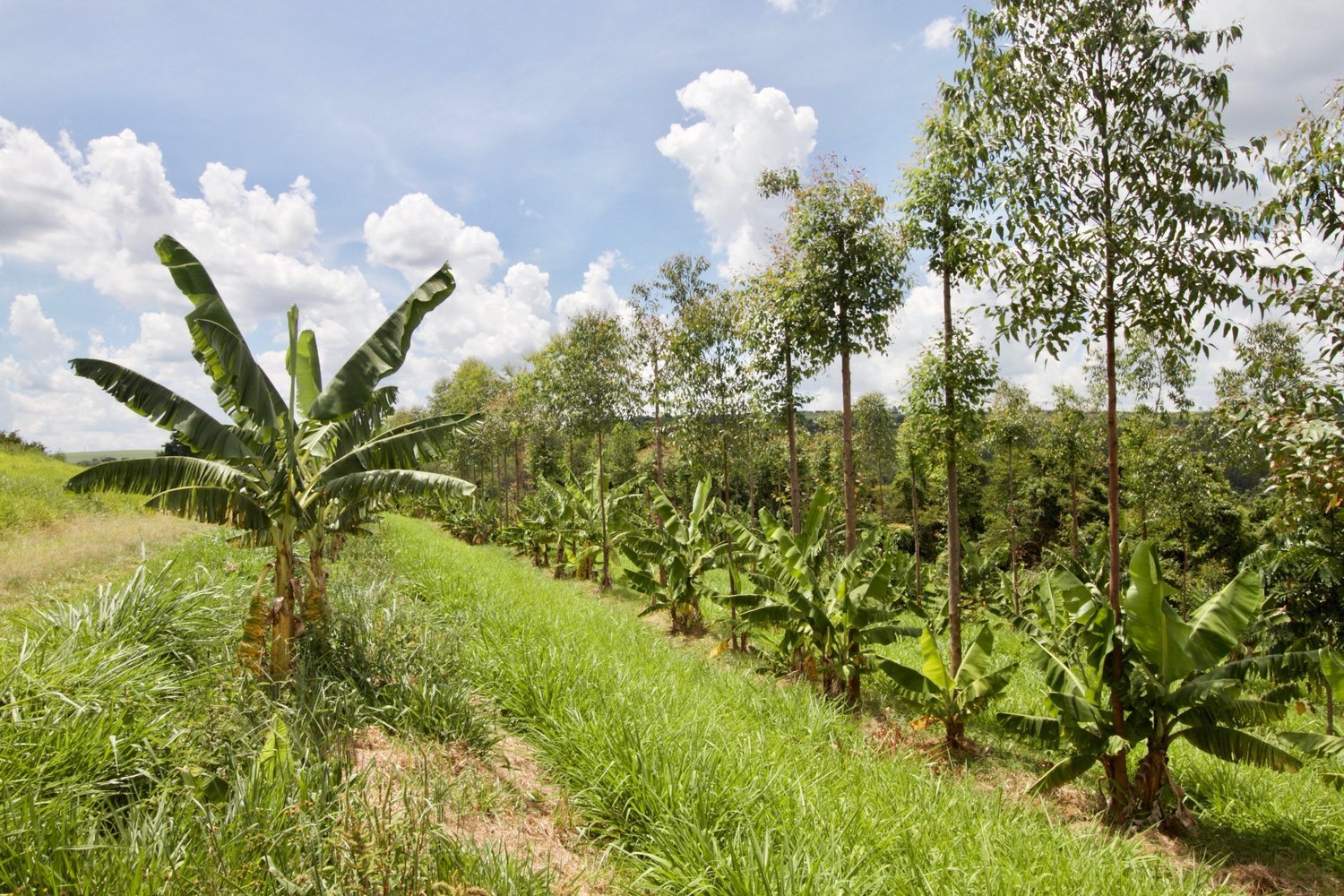
News & Research
Windbreaks & Shelterbelts for Farmland Resilience
As 2020’s midwest derecho swept across the Corn Belt, farmers and landowners alike witnessed the profound toll extreme weather can take on agriculture. With 12 million acres affected, and 1.7 billion dollars in damages within the agrifood sector alone, this startling event was a wake-up call for many, harkening back to Dust Bowl era weather that led to famine, acute poverty, and mass rural exodus.
Fortunately, shelterbelts, windbreaks, and agroforestry can mitigate the damage of extreme weather on farms.
Cracking the Nut: Understanding US Chestnut Production in a Global Context
Once a staple food and timber source throughout the Eastern US, the American chestnut was the dominant hardwood tree from Georgia to Maine before C. parasitica (chestnut blight) decimated an estimated 4 billion trees in the first half of the 20th century.
Today, the United States is well-positioned to expand production of chestnuts to support growing demand from both US and global consumers. In this post, we’ll outline the investment case for chestnut agroforestry systems and review the historical and current market dynamics that inform why chestnuts represent a worthwhile opportunity for farmers and farmland asset managers alike.
Stormwater Management, Flooding, and Agroforestry
If we reforest subprime agricultural land in the hills, how do the valleys benefit? Forests slow floodwaters, but don’t produce much food. Storm runoff from cropland swells the creeks and washes out roads, but food security and rural jobs are important. An array of tree species in North America can overcome this tradeoff, yielding flood control, agricultural products, and on-farm economic benefit.
Is silvopasture a good fit for your farm?
Cattle and forests are often at odds, but they don’t always have to be. We can have our beef and eat it too. Silvopasture is defined as the intentional integration of trees, forage, and livestock: it consists of either planting trees in pasture or cropland, or thinning forest to establish grass growth.
Improving Water Quality with Agroforestry
Trees can be the single most impactful tool at a farm’s disposal. When planted and managed well, trees can reduce operational risks associated with water pollution, reduce input costs, and provide alternative streams of income. In this article, we’ll explores the hidden costs of inaction, the multi-faceted benefits trees bring to farms and waterways, and how to realize these benefits without bearing the costs alone.
Why Investors are Turning to Tree Crops for Farmland Assets
Investment managers are funneling capital into U.S. farmland at an increasing rate. Since 2008, the number of properties owned by such firms has increased 231% according to NCREIF's quarterly farmland index. Why? Farmland is resilient to inflation, offers stable returns through land leases and has limited downside risk.
With the increased attention comes fresh ideas to develop the asset class. Propagate works with asset managers to understand, plan and manage investments in permanent tree crops. These practices enhance the value of farmland and provide a number of other ecosystem benefits.
Agroforestry Partners Releases Inaugural Impact Report
Agroforestry Partners (AP) is a financial provider that responds to the specific operational needs of agroforestry by offering lease-based equity investments to farms. Propagate is proud to partner with them on scaling chestnut agroforestry in the United States.
AP’s inaugural report for 2023 describes their approach to regenerative agriculture and agroforestry, together with top-line expectations on social, ecological, and economic returns. Discover the broad impact of their fund along with their collaboration in the market, their policies and commitments, and work related to monitoring, reporting, and verification (MRV).
Propagate and Silvanus Forestry Partner to Scale Black Locust Agroforestry
Propagate and Silvanus Forestry are excited to announce a new strategic partnership to scale black locust agroforestry and plantation forestry in the United States. Utilizing black locust in agroforestry practices will provide landowners with an option for profitable long-term carbon sequestration – through quality timber production that minimizes waste wood.
This past November, Propagate secured an exclusive license to the Turbo Obelisk variety group, a line of elite Robinia pseudoacacia genetics that will serve as a catalyst for black locust agroforestry.
The Business Case for Black Locust Agroforestry
Black locust (Robinia pseudoacacia) is a fast-growing rot-resistant hardwood, and today it presents an exciting opportunity for farmland owners and operators. it’s a superior alternative to pressure-treated wood, and It’s a non-commodity with ample opportunities for added-value, making for attractive economics in the timber market.
The ecological case for locust is also very good. The tree fixes nitrogen, can improve soil health, and reduces NPK runoff. Its large white flowers support native pollinators and honeybees (locust honey is phenomenal). Black locust heartwood is also extremely dense, and given its exceptional growth rate, the tree sequesters a great deal of durable carbon.
Black Locust Genetics & Management: What You Need to know
I’m on my way back from Hungary, having made the time to write this on the plane. Hungary is known for black locust, Robinia pseudoacacia, and I’d like to share a bit of what I’ve learned while working with this species over the past 10 years. I’ll run though how Hungary grows black locust currently, what improved Hungarian black locust genetics look like, and keys to success for growing black locust in the United States.
Propagate and Rodale Institute Partner to Grow Adoption of Agroforestry
Propagate and Rodale Institute are pleased to announce a new strategic partnership to promote agroforestry. The goal of the partnership is to increase the adoption of agroforestry and tree crop systems in North America.
As part of the agreement, new agroforestry educational hubs will be established at the Institute’s research sites in eastern Pennsylvania. The demonstration farms serve multiple purposes: to raise awareness, provide education on regenerative agriculture practices, and provide opportunities to advance research.
Now Accepting Applications for The Expanding Agroforestry Project
Eligible producers in the United States are invited to apply to an incentive payment program beginning November 15, 2023. Over the course of five years, $36 million will be paid out to producers in direct incentive payments to transform 30,000 acres spanning 30 states into agroforestry systems, thus building a foundation for expanding agroforestry practices nationally.
Silvopasture Creates Profitable and Resilient Food Systems
Livestock producers face increasing threats to farm viability from thin profit margins to extreme weather, and shifting consumer demand.
Silvopasture, a form of agroforestry, is one tool in our regenerative toolkit that provides a host of benefits to producers, consumers and the planet, simultaneously.
New Research Quantifies Economic and Ecological Impacts of Silvopasture
Researchers from Propagate and The Nature Conservancy estimate there are between 14 million and 62 million acres of potential opportunity to expand silvopasture practices in the eastern United States. This level of practice expansion, according to researchers, could capture between 4.9 million and 25.6 million metric tons of carbon dioxide emissions per year.
Chestnuts & Agroforestry: Massive Opportunity for American Farmers
Producing chestnuts in the United States represents a significant opportunity for farmers to meet a growing and under-served demand. In 2022, the U.S. imported roughly 6.7 million pounds valued at $9.8 million. That demand could easily be satisfied with domestic production, bringing substantial profit to U.S. farmers.
Through our work to date, we’ve discovered that chestnuts are the perfect complement for crops in agroforestry systems.
Alley Cropping with Forage Crops
Alley cropping presents an opportunity for farms producing forage crops at-scale to reinvigorate their existing operations. Farms can generate additional streams of profit from fruit, nut and timber while addressing challenges that threaten crop yield like soil erosion, nutrient loss and extreme weather.
$60 Million Federal Award to Advance Agroforestry as a Profitable, Climate-Smart Solution for Farmers in 38 States
The U.S. Department of Agriculture announced a $60 million award to The Nature Conservancy, Propagate, and multiple partners to fund a 5-year project to advance agroforestry in 38 states across the eastern United States and Hawai'i. The project is one of 70 awards that the USDA is funding through the Climate-Smart Agriculture and Forestry Partnership Initiative. Fewer than 20% of submitted projects were funded.
Cold Climate Syntropic Agriculture
Syntropic farming has taken hold in Brazil and the tropics, but today we ask: How can we apply these concepts to cold climates?
An Honest Look at SaaS Adoption in the Farming Industry in America
The farming industry in America needs to rally around SaaS adoption and implementation. Technology can help scale local farms and businesses to meet demand.
How Do We Define Reforestation in the Farming Industry?
To define reforestation specifically in the farming industry, we look to efforts happening and the impact of these reforestation efforts at a global scale.




